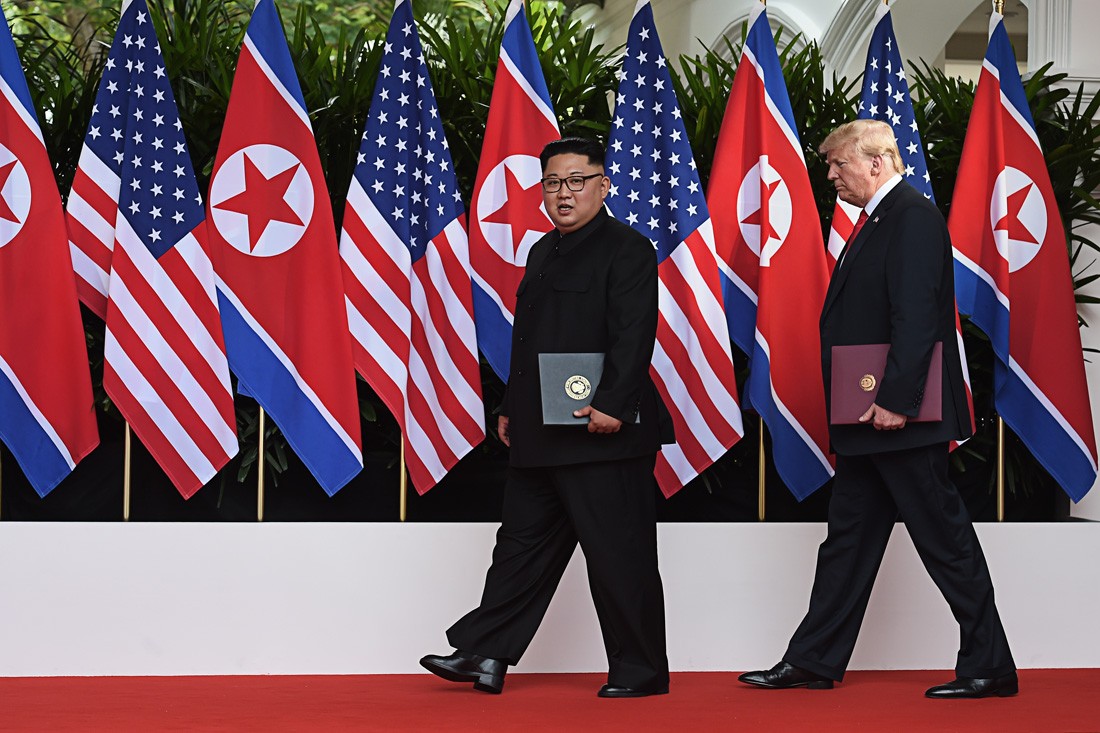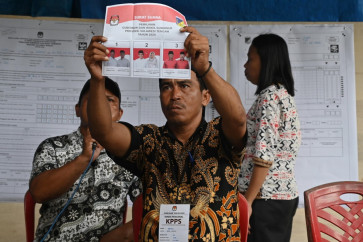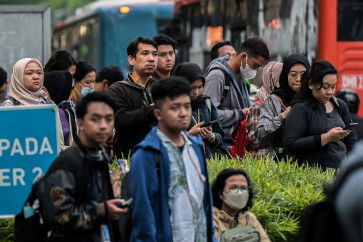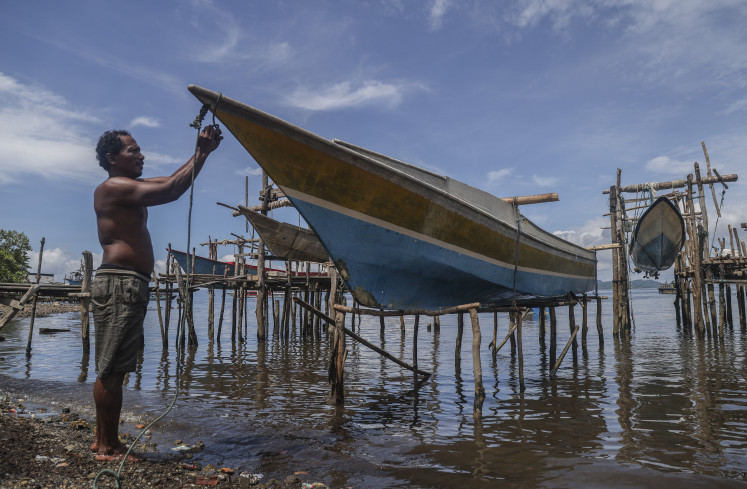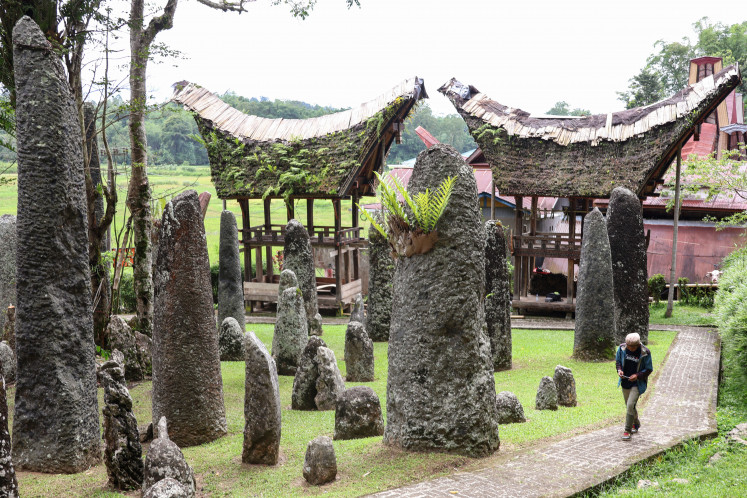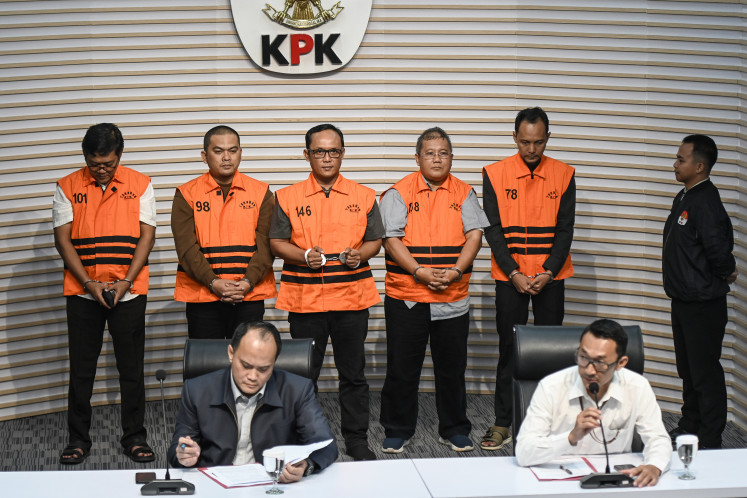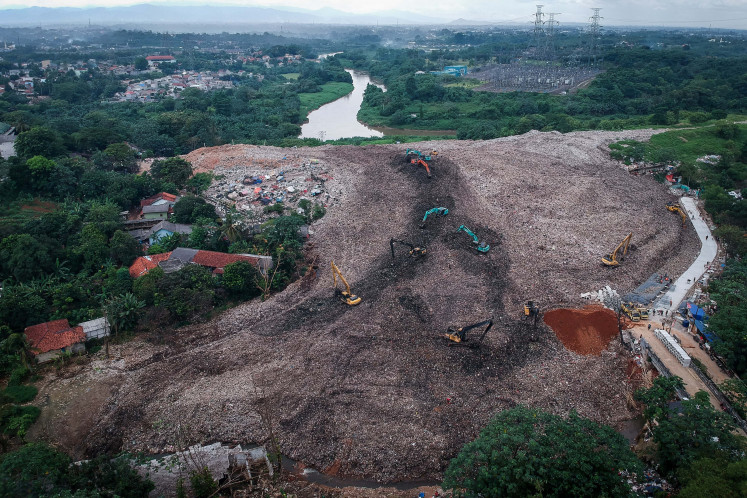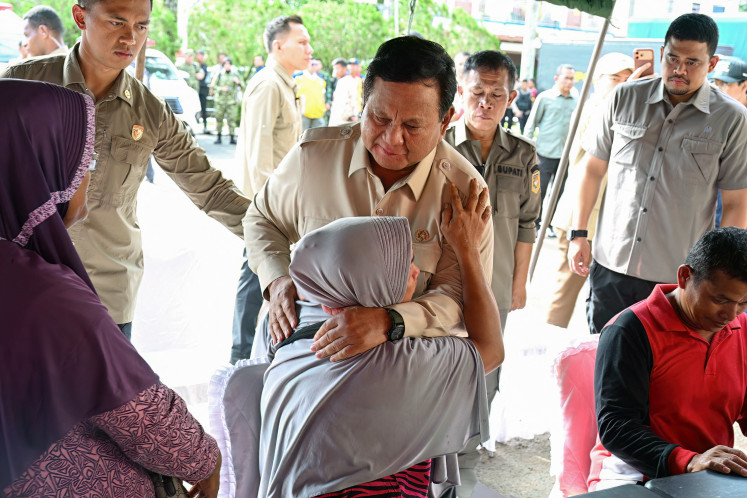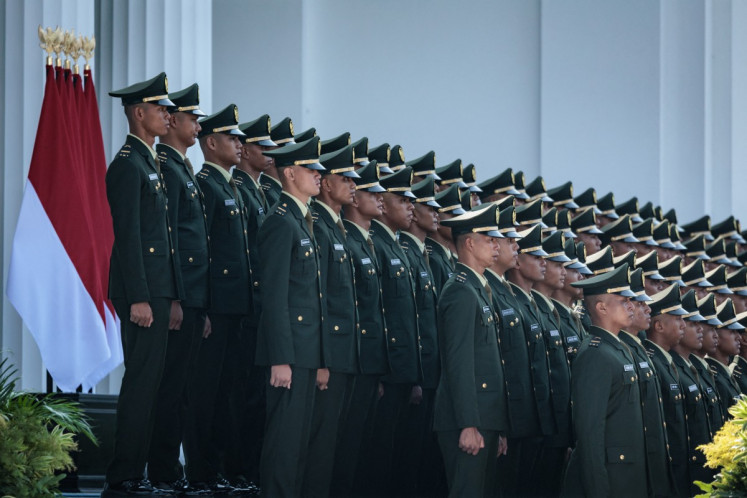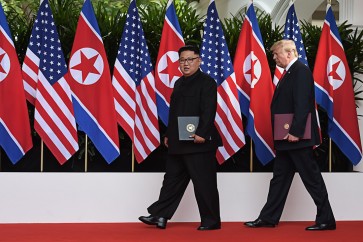Popular Reads
Top Results
Can't find what you're looking for?
View all search resultsPopular Reads
Top Results
Can't find what you're looking for?
View all search resultsHow Singapore summit impacts Southeast Asia
The lack of the P5’s willingness to sign the protocol might be attributable to the intergovernmental processes within ASEAN.
Change text size
Gift Premium Articles
to Anyone
T
he recent United States–North Korea summit has certainly been an epochal event, as it offers a glimmer of hope of triggering peace dividends on the Korean Peninsula.
While the Singapore summit on June 12 between leaders Donald Trump and Kim Jong-un is instrumental to security in the East Asia Pacific, Southeast Asia faces its own security challenge and agenda. That is the full and effective implementation of the Southeast Asian Nuclear-Weapon-Free Zone (SEANWFZ).
This refers to the nuclear-weapon-free-zone designated to the 10 Southeast Asian countries when they signed the Treaty on the Southeast Asian Nuclear-Weapon-Free-Zone in Bangkok on Dec. 15, 1995.
Other, similarly designated zones are the Tlatelolco (Latin and the Caribbean), Rarotonga (South Pacific), Pelindaba (Africa) and the Central Asian Nuclear-Weapon-Free-Zone.

